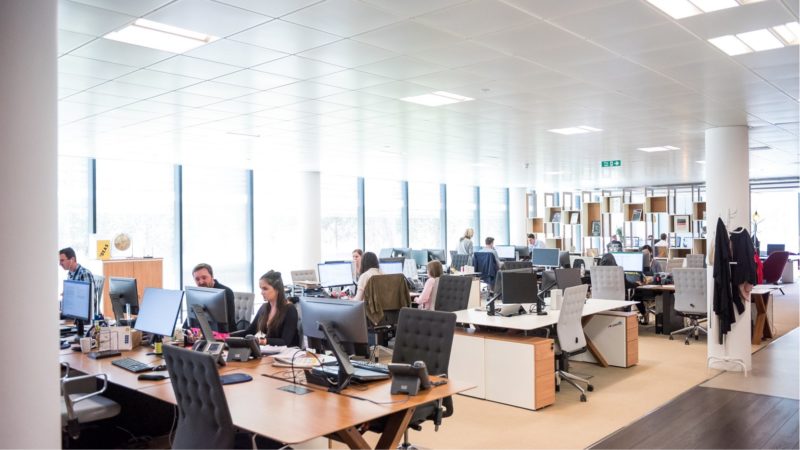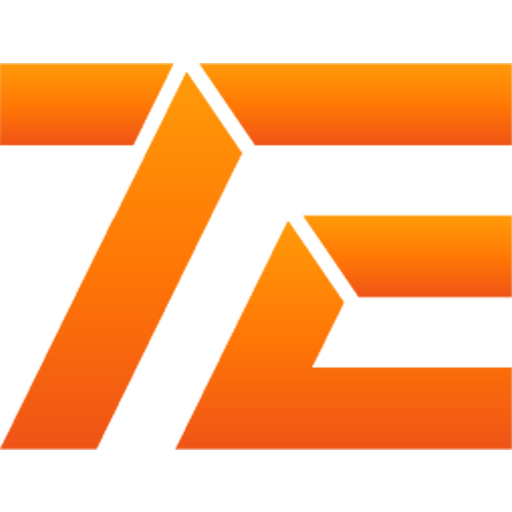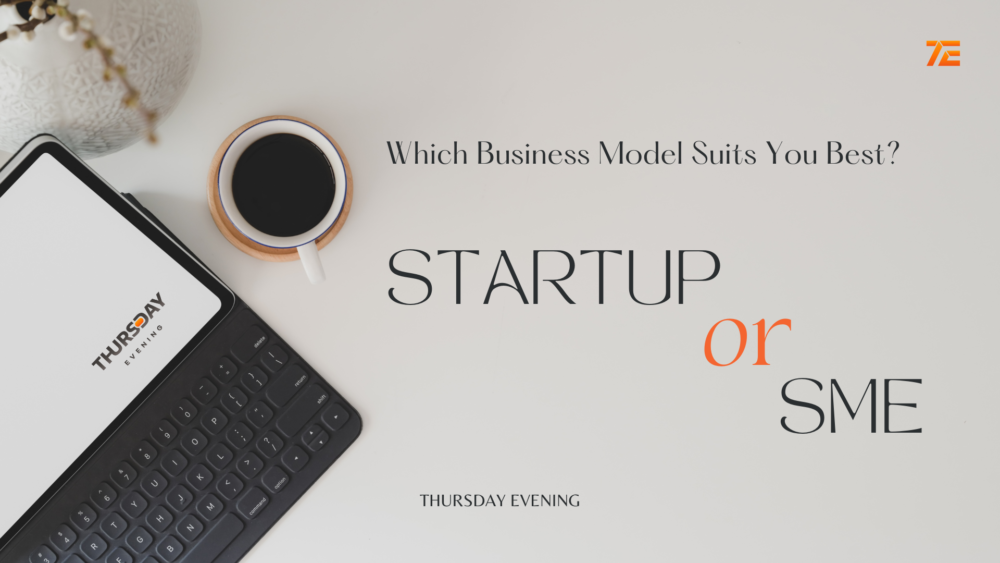In the past, the prevailing belief was that launching a new business required a substantial amount of capital, making it inaccessible to many aspiring entrepreneurs. However, the twenty-first century has ushered in a transformative era of advanced technologies, addressing this very challenge. Small and Medium Enterprises (SMEs) and startups represent two distinct business paradigms that have gained considerable traction in recent years. While these terms are often used interchangeably, they denote different business models and concepts.

What Is a Startup?
A startup is essentially a business in its early stages of development. Typically initiated by one or more visionary entrepreneurs, startups aim to create products or services for which a perceived demand exists. These enterprises often commence with high operational costs and limited revenue, prompting them to seek financial backing from diverse sources like venture capitalists (VC) and angel investors.
A startup can be characterized as an innovative endeavor that marries technological ingenuity with a unique concept for products or services. It was created to satisfy the needs of some target groups, such as applications, Facebook page content, and more. A startup is distinguished by a business model that provides a repeatable revenue stream for a small or emerging business. It is founded upon a scalable framework and strategy, enabling rapid expansion within the market.
What Is an SME?
SME, an acronym for Small and Medium Enterprise, refers to businesses that operate within predefined thresholds of revenue, assets, or the number of employees. The exact criteria for categorizing SMEs can vary between countries, but these entities consistently hold a pivotal role in the economy. They are significant employers and catalysts for innovation, often receiving government incentives such as tax advantages and improved access to capital.
In the United States, there is no standardized way of identifying small and medium-sized businesses (SMEs). The Small Business Administration (SBA) classifies small businesses based on various factors, including ownership structure, employee count, revenue, and industry. For instance, a manufacturing company with 500 or fewer employees falls under the SME umbrella, whereas mining enterprises can employ up to 1,500 individuals and still maintain their SME classification.

Understanding these options can guide you in the ever-changing world of business. So, whether you prefer the tried-and-true path of SMEs or the exciting journey of startups, knowing the differences helps you choose what suits you best.
As you embark on your entrepreneurial journey, remember that the proper guidance can make all the difference. Our marketing services are designed to empower businesses like yours, whether you’re on the path of SMEs or startups. We understand the unique challenges and opportunities each presents, and we’re here to help you navigate and thrive.
Let us be your trusted partner in this journey—contact us today and explore how we can unlock the full potential of your business.


